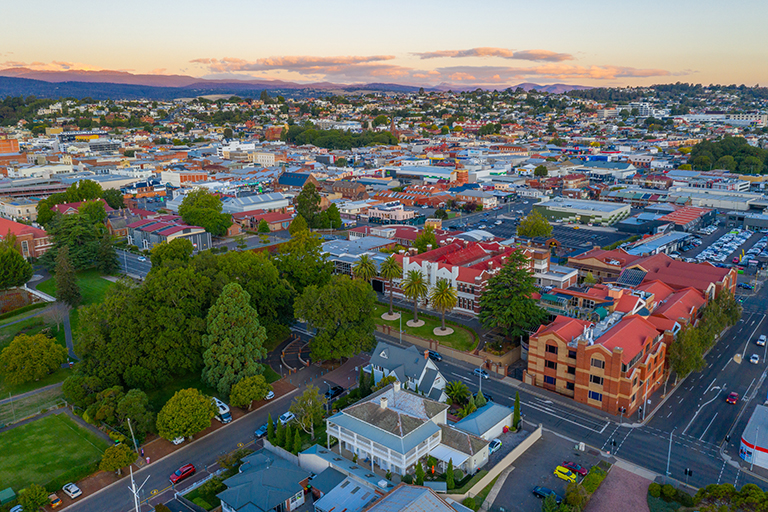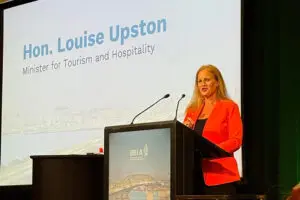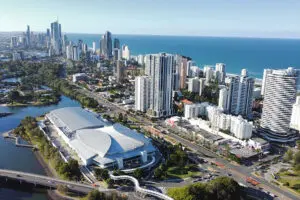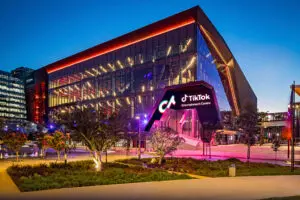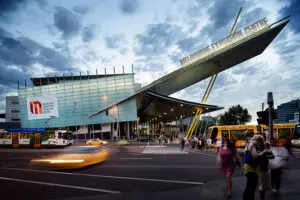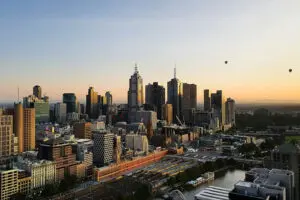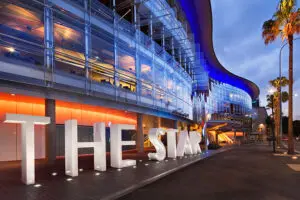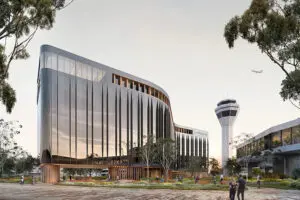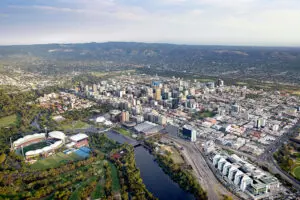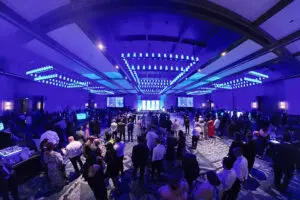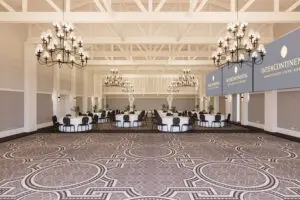The Launceston Convention Facilities Demand Study prepared for Visit Northern Tasmania looked at several factors influencing Launceston’s ability to attract business events, from available and suitable event space to the city’s hotel stock and the broader competitive market across Australia for business events.
The study found that Launceston’s share of the business event market had shrunk due to a lack of dedicated event space, low hotel inventory and a lack of other “enabling infrastructure” including better flight times in and out of Launceston and more – and more timely – subvention funding for event organisers.
If Launceston returns to pre-pandemic levels of business events activity – which it has not yet achieved – it will draw about 20 business events to the city each year.
The analysis found that compared to a “do nothing” scenario, building a convention venue with a 550-pax capacity could double the number of business events coming to Launceston each year, with the vast majority of the additional 20 events being events that would not have come to another destination in the state.
The report suggests the economic impact of holding 40 business events in Launceston each year would be $28.5 million, a $15.6 million increase on a “do nothing scenario” which sees 20 events generating $12.9 million.
The report also considers a middle-of-the-road scenario in which no additional convention facility is built, but there are enabling infrastructure improvements like the addition of hotels with larger event space footprints in the city. Under this scenario, Launceston’s business events performance would rise by about 35 per cent.
The report notes the change in Australia’s convention infrastructure landscape since the potential for a convention centre in Launceston was last assessed in 2013, including the building of the Nyaal Banyul Geelong Convention and Event Centre, the major upgrade to Cairns Convention Centre, as well as the upgrade of the large convention space at the Novotel Sunshine Coast Resort and the coming expansion to conference facilities at the Albury Entertainment Centre.
The rise in passengers travelling through Launceston Airport, the construction of the new Western Sydney International Airport and the steady growth of business events in Australia are all noted as reasons to reconsider a convention centre for Launceston now.
However, the report does not recommend a larger facility which could host 1,000 delegates, pointing out that only two per cent of all business events held in Australia have more than 1,000 delegates and that the stadium development proposed for Macquarie Point in Hobart and Hobart’s track record for attracting the largest events held in Tasmania would likely see events of that scale held in Hobart.
The report flags the significant potential for growth in business events across Tasmania, noting that the state attracts just one per cent of Australia’s business events market.
A convention centre in Launceston could also support non-business events, according to the report.




